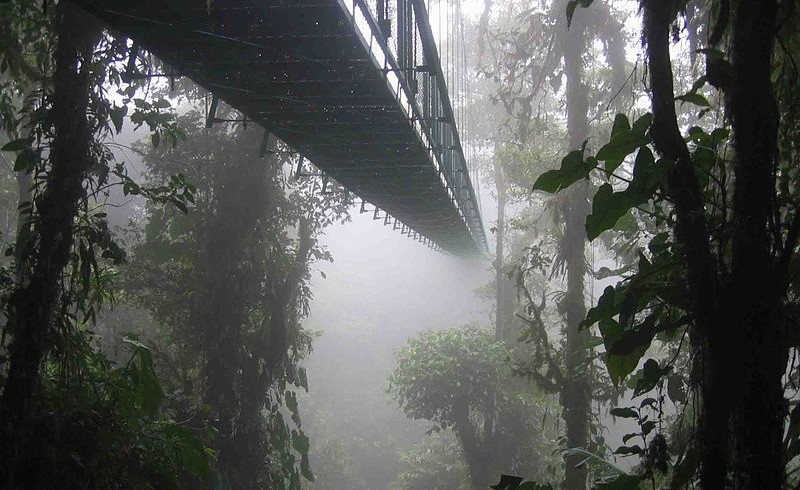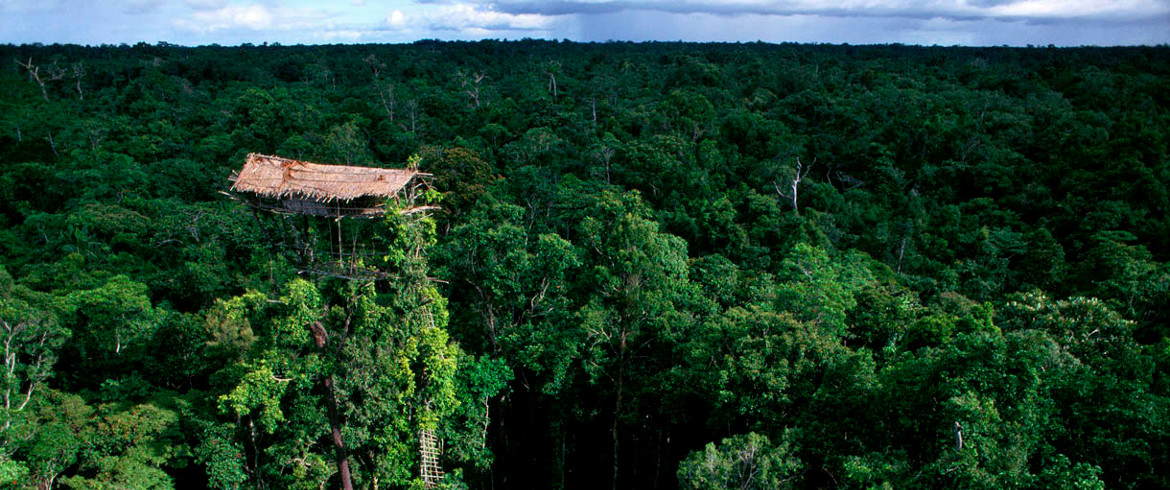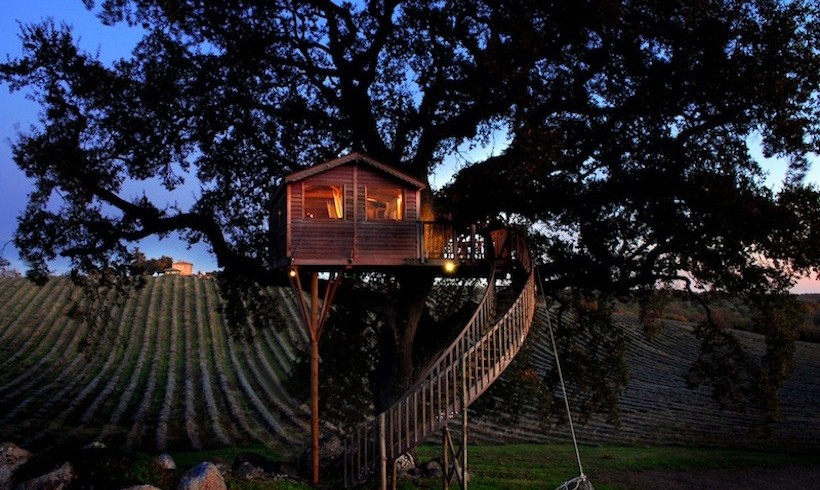What do have the Calvino’s Baron in the trees, the Burroughs’ Tarzan and an Orangutan in common ? Quite
simple! They all live in a forest or, better, above a forest!

They all live among the shades of any kind of trees! Does this perspective seem a bit unusual for you? You just need a look to your hands to reconsider everything from another point of view! Actually your thumb didn’t evolve for sliding web pages on the screen of your smartphone! Our thumb has evolved for allowing us to grasp branches! So, life on trees is literally embedded in our history and in our genomes even though we seem to have forgotten this fact when we are buried in the grey tree simulacrums that are so common in our modern cities.
However, hope is not completely vanished because around the world we still find people that decided for necessity, job or simply for passion to recover their branches, pardon their roots! Let’s start from the deep jungles of the New Guinea, in the South East of Irian Jaya, where the Korowai tribe is used to build their houses at the tops of high trees.
This tradition was developed for avoiding a neighbouring tribe of dangerous head-hunters, the Citak. These constructions are really amazing and are usually built on more than one tree but sometimes the backbone is even a single tree!
Their height varies from 6 to 12 meters, in some cases the houses reach 35 meters above the ground. These ones are real green skyscrapers!
But the upper part of the rainforest is not only a vertiginous shelter for humans but also a real treasure of biodiversity. In fact the canopy of trees represents the biologically richest place of the rainforest and, on the other hand, the most inaccessible one.
Scientists from all over the world are trying to find new fantastic ways for the exploration of this unexpected last frontier. Nowadays the canopy study can rely even on hot balloons and inflatable platforms that can be softly laid on the big green roof of the jungle. Beside these more flashy strategies of studying trees there are also some more traditional ones, for example the canopy walkways.

Some of these impressive structures have gained momentum as ecoturism attraction. Famous walkways are the first to be built for these reasons at the Lamington National Park in Australia (180 meters long a and 36 high) and others in the Dhliza Forest in South Africa, at the Taman Negara National Park in Malaysia and also at the Kakum National Park in Ghana.
Even in some botanical garden such as the Atlanta Botanical Garden it is possible to find these kind of structures. These are all ways of living on trees suited for people that like discovery and adventure.
However, tree life can be even something more: life on a tree can be comfortable! And if the perspective of building your own, real, functional tree house sounds to you a bit too extreme or maybe expensive, don’t give up!
On treehousemap you can find a very useful map that shows the location of the most stunning tree house hotels on the entire globe! You should start the research, maybe starting with these ecofriendly tree houses in Italy
So, in the end, you will have understood that the human kind, born on the trees, is also capable of coming back sometimes and it is quite beautiful to see how and with how much fantasy people can do that!
Cover image: Aerial view of a recently abandoned tree house, in Korowai country, 50 meters tall.

